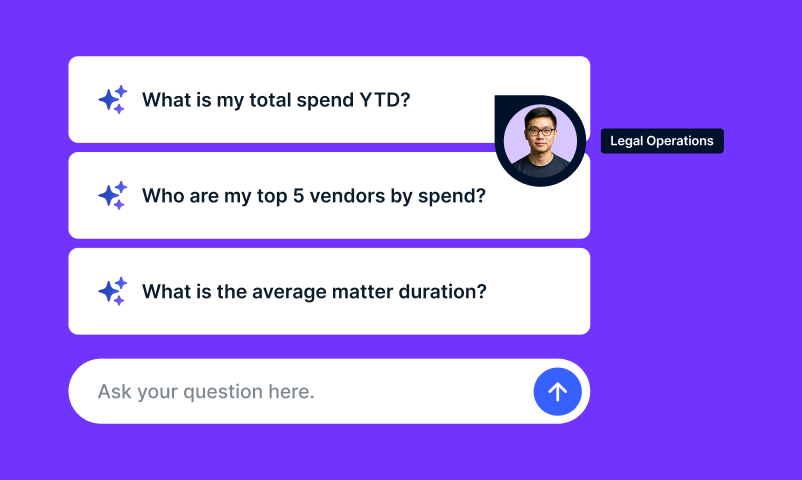There’s no question that in house legal software has significantly changed the way law departments conduct the business of law. From the predecessors of enterprise legal management more than 40 years ago to today’s AI-driven contract lifecycle management systems, technology has done its part to drive efficiency, promote transparency and capture valuable analytics.
Yet, legal operations professionals have confessed that their law departments have sometimes struggled in this area. In Gartner’s 2021 Legal Planning & Budgeting report, legal operations participants cited “technology solutions and level of adoption” as one of the top-four weaknesses revealed during COVID-19. The report notes the following two challenges as “knowledge management and coordination” and “effectively balancing routine and unplanned workloads.”
A lot has changed in the short time between then and now. More and more corporate legal departments have evolved their legal operations and pivoted to embrace or update in house legal software.
The proof is in legal technology budgets, which are growing. Gartner predicts that legal technology budgets will increase threefold by 2025.
In House Legal Software Adoption – Technology Roadmaps On the Rise
How will corporate legal departments allocate these bigger legal technology budgets?
Almost 90% of surveyed general counsel and CLOs in organizations earning $1B or more cited efficiency as the number one factor in deciding when to purchase technology (far outweighing cost reduction, which was cited by only 8%). This is great news for busy legal professionals, who, according to this survey, often find themselves handling more than five distinct business areas.
But, most legal operations teams are focused on a bigger picture. They’re proactive about their in house legal software implementations and planning out thoughtful, long-term technology roadmaps.
The Corporate Legal Operations Consortium (CLOC) was created to help legal operations professionals and other core corporate legal industry players optimize the legal service delivery models required to support the needs of legal departments of all sizes. One of CLOC’s 12 core competencies addresses technology and specifically addresses technology roadmaps:
“Create a clear technology vision that spans all the needs of your organization. Automate manual processes, digitize physical tasks and improve speed and quality through the strategic deployment of technology solutions.”
CLOC further describes this process by suggesting legal operations create and implement long-term technology roadmaps, evaluate new vendors, assess emerging technology capabilities, determine where to buy and when to buy and structure partnerships with corporate IT teams.
Aligning Budgets with Legal Technology Roadmaps
Rolling out a technology roadmap for in house legal software is the best way to figure out where your organization wants to go in terms of technology and how your budget can align with those goals. Technology roadmaps can account for budgets of all sizes, making it easier for legal operations professionals to stay on top of technology implementation even as budgets for technology continue to grow.
Fifty-four percent of respondents in Deloitte’s 2021 State of Legal Operations Survey said they now have “a defined and actionable legal systems roadmap.” That number is up from just 39% in 2020. This shows that companies understand that knowing where you want to go and how you’re going to get there is the only way to improve and grow systematically and intentionally.
Among the most popular technologies making up those roadmaps, according to CLOC, are solutions that automate and streamline critical workflows, reduce risk, and enhance data collection and transparency, including tools for e-signature, e-billing/matter management, contract management and document management.
With the sheer number of in house legal software options available on the market today, choosing the right one can feel overwhelming. The upside of all this innovation, though, is that you can find the right technology solution for nearly any budget. One helpful approach is to find an experienced partner who can help you identify recurring pain points and wish lists and turn those into a technology roadmap that can realistically be implemented to help your organization.
You can also lean on resources the explore the capabilities of technology and how they support law departments:
- How to Find “Between the Rules” Legal Invoice Errors with AI
- Legal Digital Transformation Solutions: Advice from the Experts
- Stop the NDA Strain: Making NDA Management More Efficient and Effective for Today’s Corporate Legal Departments
- AI Based Contract Management: What to Look for and How to Get Started
To read more about building legal technology roadmaps and other trends defining legal operations today, download our latest white paper: Six Leading Corporate Legal Operations Trends for 2022.






